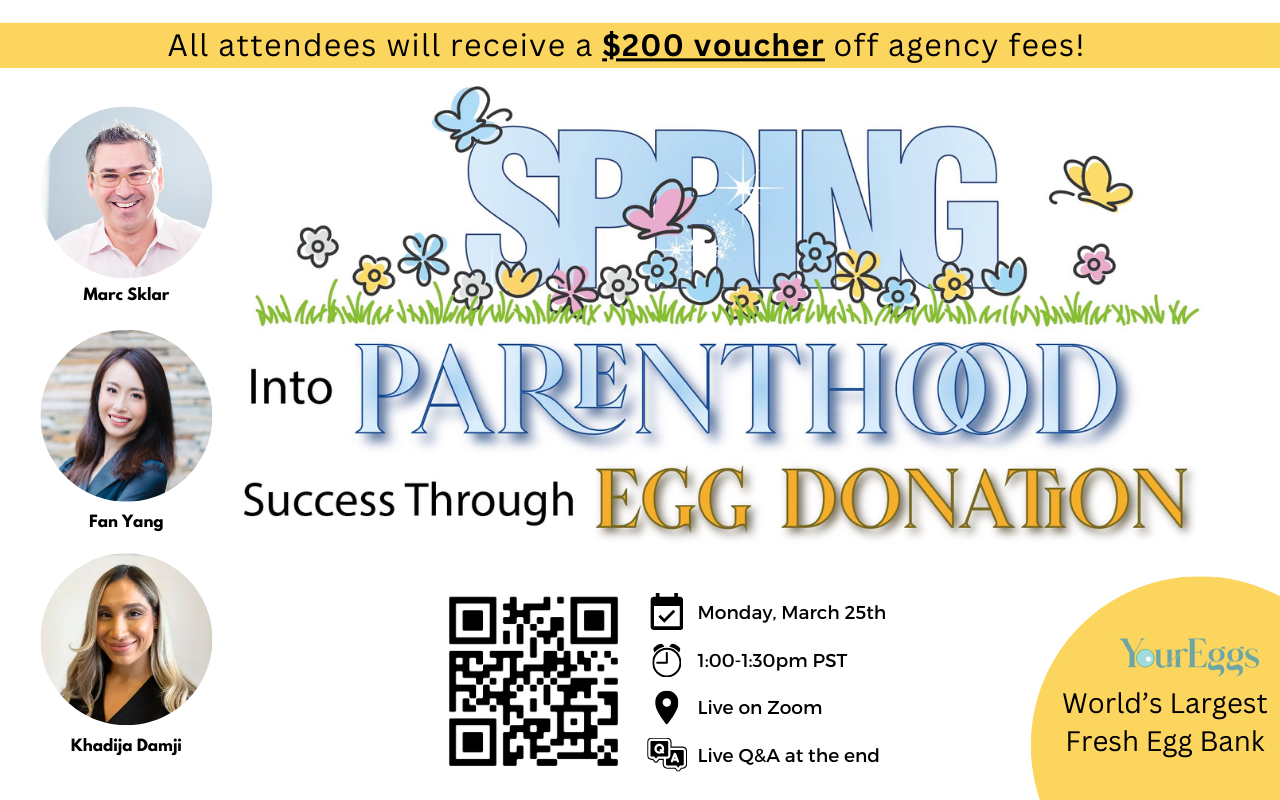1. There is a Grieving Process
Deciding to use an egg donor involves accepting that a biological child may not be possible. This is deeply personal, and responses vary from couple to couple and partner to partner. Some patients find it helpful to take a break, even just for a month, to process their emotions. It’s important to grieve so you can move forward.
2. There Are Several Egg Donor Options to Choose From
There are various treatment routes to achieve the same goal. Frozen donor eggs offer quick access, while selecting a donor from a fresh database and going through ovarian stimulation and egg retrieval takes more time. Fresh eggs allow for immediate sperm injection to create an embryo before freezing. Note that while not all eggs or embryos survive the thaw, using fresh eggs might increase the number of frozen embryos for future use.
3. Selecting the Right Egg Donor Takes Time
Choosing the right donor requires patience. Both partners need to feel comfortable with their choice. A good starting point is for each partner to list their priorities and then compare notes. Egg donor profiles include various characteristics like eye color, hair color, education level, religious practices, personal interests and talents, height, and weight.
4. Anonymity is a Choice on the Part of the Donor
Donors can choose to remain anonymous or opt for increased openness, as specified in their legal agreement with a reproductive attorney.
5. Even if a Family Member or Friend Would Like to Donate, There is Screening Involved
Both egg donors and intended parents undergo screening before treatment approval. Donors are tested for infectious diseases and genetic disease carrier status.
6. The Cost Will Vary Based on Your Choices
Costs depend on whether you opt for a fresh or frozen cycle. Split cycles, where costs are shared with another couple, are the most cost-effective option.
7. The Amount of Treatment Time Required Will Also Vary Widely
Using a frozen donor egg can take 1-3 months, while acquiring fresh eggs from a donor can take 3-6 months, including screening.
8. You Will Be Collaborating with Several Parties During the Process
The journey involves collaboration with your fertility center, egg donation agency, attorneys, and other medical professionals.
9. Pregnancy Success Rates with Egg Donors are Higher
Pregnancy rates are generally based on maternal age. Since our donors typically range from 19-29, fresh donor success rates approach 85% per embryo transfer, and frozen donor success rates are comparable.
10. It’s Disappointing, But Egg Donor Cycles Do Get Cancelled
Cycles can be canceled for multiple reasons, such as if the egg donor’s response to stimulation medication is inadequate, or if the uterine lining doesn’t thicken sufficiently.
11. If You’d Like Additional Children, Your First Egg Donor May or May Not Be Available
Your first egg donor might not be available for future cycles due to age, personal circumstances, or ceasing donations. However, fresh egg donor cycles often result in leftover frozen embryos, which can be used later. It’s advisable to do more than one egg donor cycle to ensure as many frozen embryos as possible for future use.
Whether you’re just starting your fertility journey or considering alternative options, understanding these key points is essential. Watch our YouTube video now to empower yourself with the knowledge you need for this life-changing decision. Once you are ready to begin your path to parenthood, click here to browse our database.



